
The Ambiguity of Gender Roles in L’homme-fille by Guy de Maupassant
 11 min
11 min
The Ambiguity of Gender Roles in L’homme-fille by Guy de Maupassant
Have you ever wondered why certain negative traits are attributed to women when criticizing men's behavior? Can human behavior be categorized based on gender stereotypes?
This paper seeks to analyze the representation of gender in L’homme-fille through a feminist lens, identifying instances of sexism and gender stereotyping while questioning whether Maupassant’s perspective leans toward misogyny or misandry.
Guy de Maupassant (1850–1893) was a master of the short story, celebrated for his ability to delve into the complexities of human nature and social conventions. In his short story L’homme-fille, translated as The Effeminate Man, Maupassant explores the blurred lines between masculinity and femininity, addressing themes of gender ambiguity within the societal context of 19th-century









 English
English
 Français
Français
 Deutsch
Deutsch
 Italiano
Italiano
 Español
Español

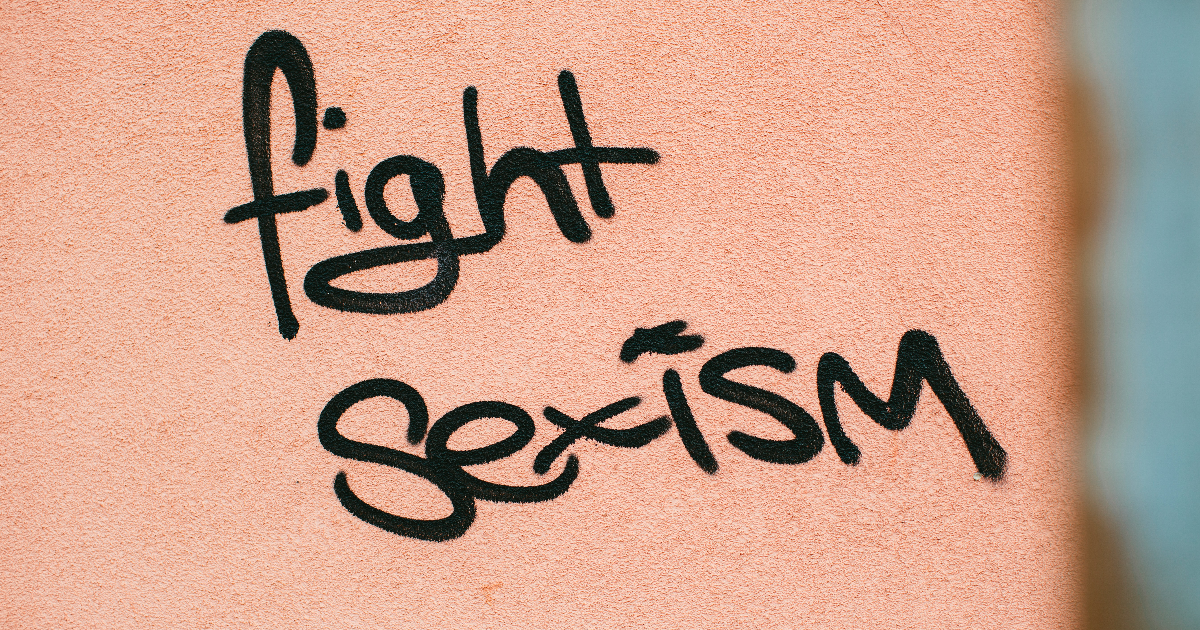

 Contribute
Contribute

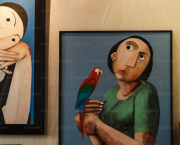






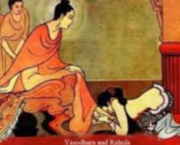
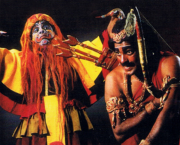



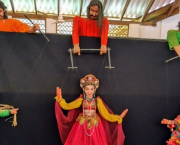



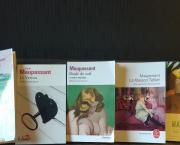





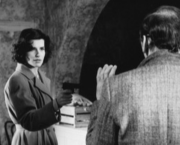
 You can support your favorite writers
You can support your favorite writers





